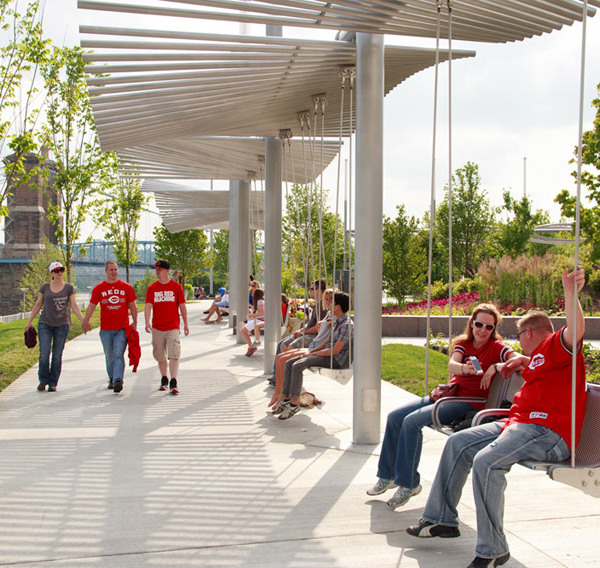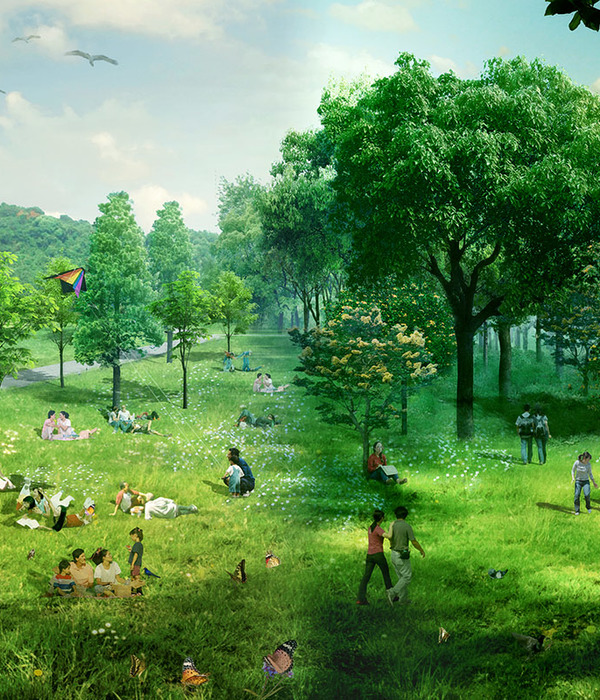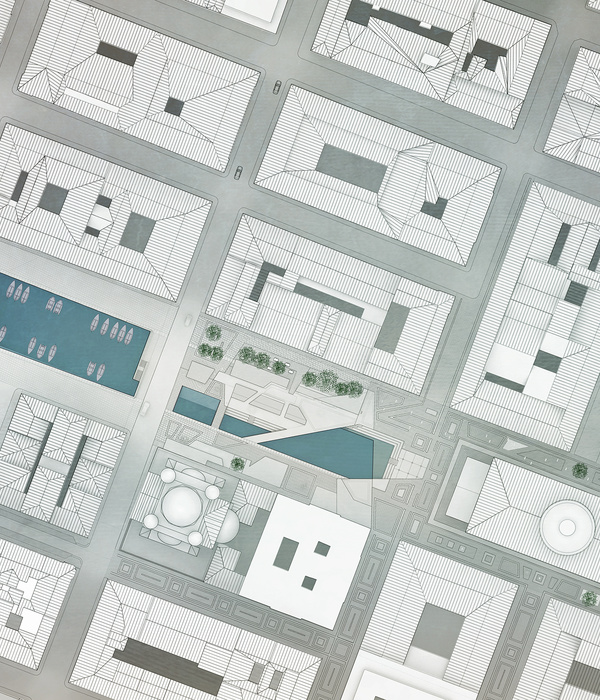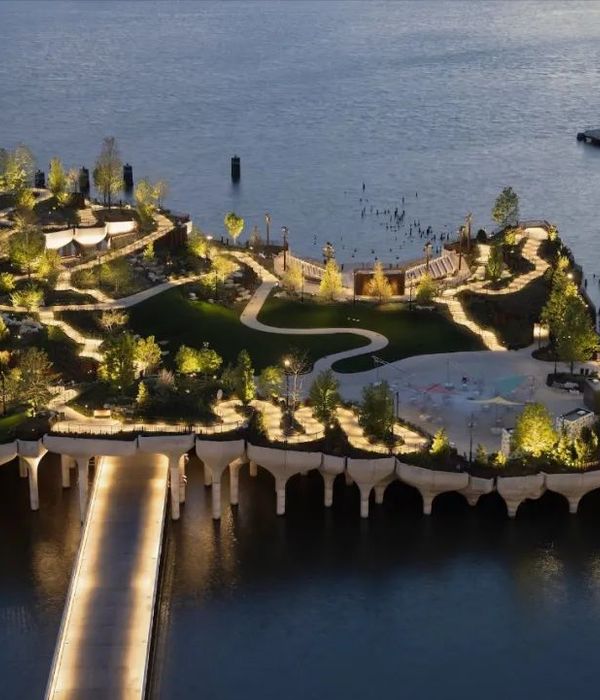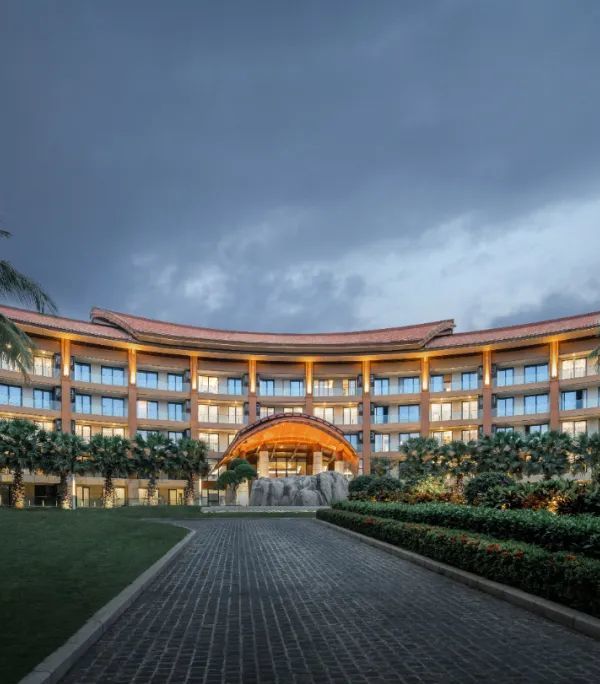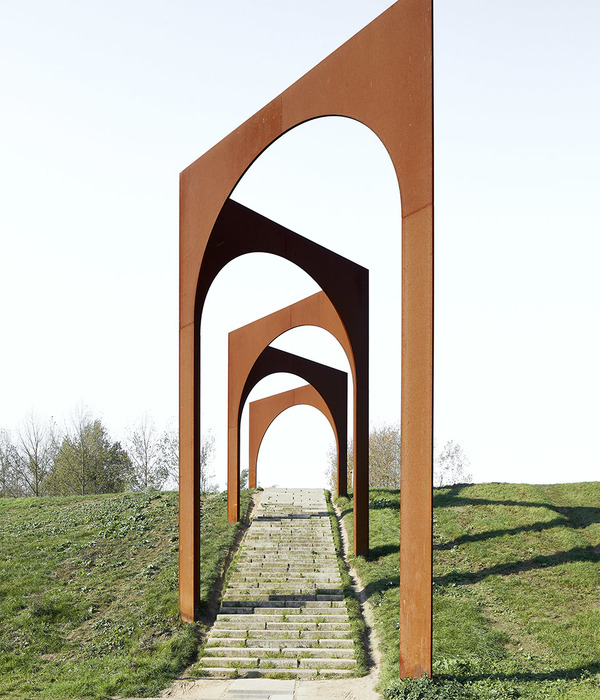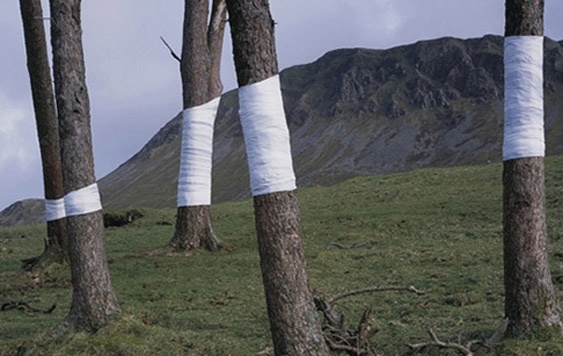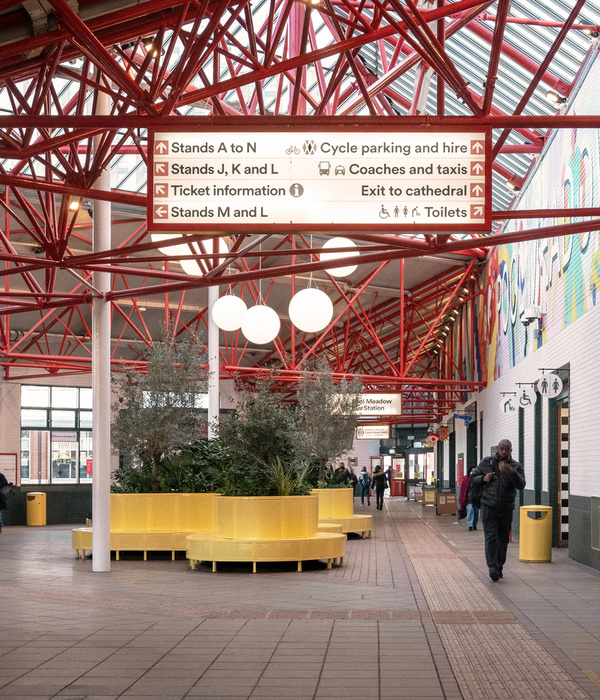Architects:Sasaki
Area:168 m²
Year:2022
Photographs:Jeremy Bittermann
Lead Architects:Anna Cawrse, Andrew Gutterman
City: Lakeland
Country: United States
Between 1880 and the early 1950s, the Bonnet Springs Park site was home to the Lakeland Railyard, which served as a major hub for the movement of freight up and down the east coast. In 1952 the railyard closed, leaving the land in an abandoned state and Lake Bonnet all but forgotten. In 2017 the Bonnet Springs Park board hired Sasaki to create a master plan for the park. Sasaki took input from the public during a six-month outreach period and incorporated ideas and desires into an approved design and park mission: to become an ecological jewel, a cultural magnet, and a connected community asset.
Decades of industrial use and outdated stormwater management practices left portions of the site in a degraded condition, and the brownfield status was a primary factor that influenced the design process. Sasaki’s interdisciplinary team, along with a group of local consultants, developed strategies for restoring natural systems and remediating harmful contaminants on the site. The remediation strategy included the removal of invasive exotic plants, constructing wetlands and bioswales to treat runoff, and capping contaminated soil in large hills that double as overlooks for the park.
Mature live oak trees and meandering waterways are protected and enhanced. A Nature Center is located at the nexus of these environments overlooking Lake Bonnet where park visitors can learn about the ecology of central Florida. The Nature Center features a classroom and exhibition space as well as a café and boat rental facilities.
The park’s downtown location creates a prime opportunity to build upon Lakeland’s tradition of hosting renowned cultural and educational institutions and furthering the city’s commitment to supporting the arts. Interpretive exhibits at the Welcome Center highlight the region’s agricultural, industrial, and cultural history, and outdoor spaces feature an extensive botanic garden as well as the integration of fixed and ephemeral works of art throughout the park. Most notably, the Florida Children’s Museum has relocated into an expanded facility at the heart of Bonnet Springs Park and participates in the development of educational and cultural programming for the entire park.
Bonnet Springs Park welcomes visitors of all ages and backgrounds from throughout the city and connects neighborhoods currently divided by transportation infrastructure and a gap in the urban fabric. New walking and bike paths, welcoming entrances, and the integration of transit allow the park to be easily accessible from near and far.
The park also serves as a place to connect people socially with gathering facilities such as a large banquet hall at the Event Center, a full-service restaurant at the Welcome Center, and a large central event lawn for concerts and festivals. Smaller gathering spaces such as a tree house, tea house, and nature playground help bring people closer to the daily magic of the park. The range of activities in the park supports physical and social equity for all visitors to reinforce shared experiences and forge new connections within this growing and changing community.
{{item.text_origin}}

